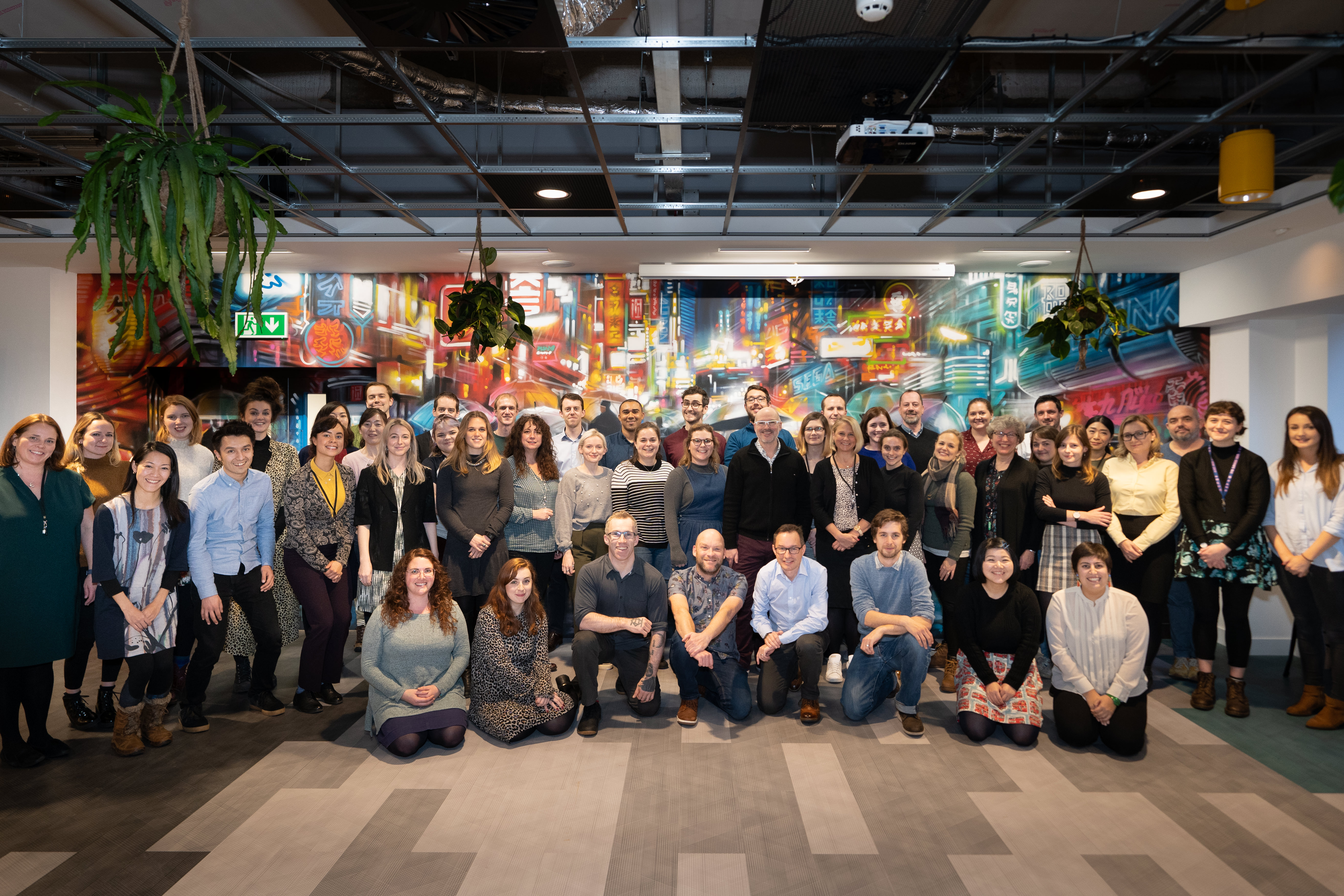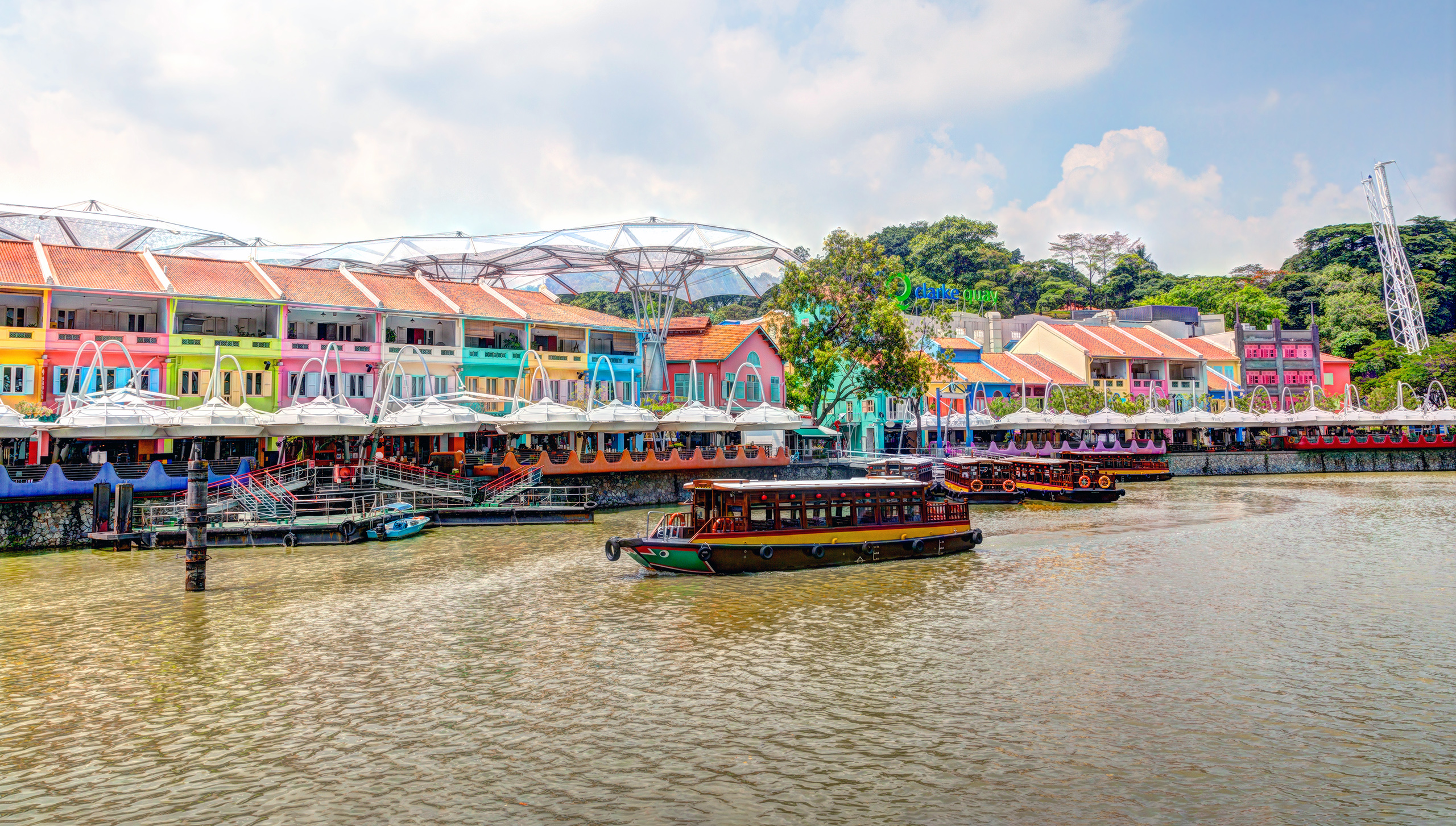
Our lowdown on Singapore
Singapore suffers from stopover syndrome. Don’t bother Googling it — we made it up. Always a preface to somewhere “more exciting” or an afterthought on the way home, travelers breeze through, glance at its skyscrapers, shrug their shoulders and move on. But Singapore deserves — no, demands — more, and those who dismiss it as “Asia Lite” are missing everything we love.
In world terms, modern Singapore is a newborn babe. Passed between Malay sultanates for a few centuries before being colonized by the British in 1819, it was then occupied by the Japanese, returned to the British, merged with Malaya and promptly expelled two years later before finally becoming a sovereign state in 1965. Which is to say that there’s a good chance that you, reader, are older than modern Singapore.
All the while it was being tossed about on the tides of history, the culture and make-up of Singapore was perpetually evolving. As a flourishing free port, it attracted floods of immigrants from China and British India as well as traders keen to circumvent Dutch restrictions in the surrounding region. Between 1819 and 1871, its population swelled from 1,000 to 100,000, tipping the scale from a Malay majority to over 50% Chinese. Persian, Arabic, Indonesian Bugis and European influences were also sucked in and became part of the fabric of the island. It’s all still there, in some shape or form, today.
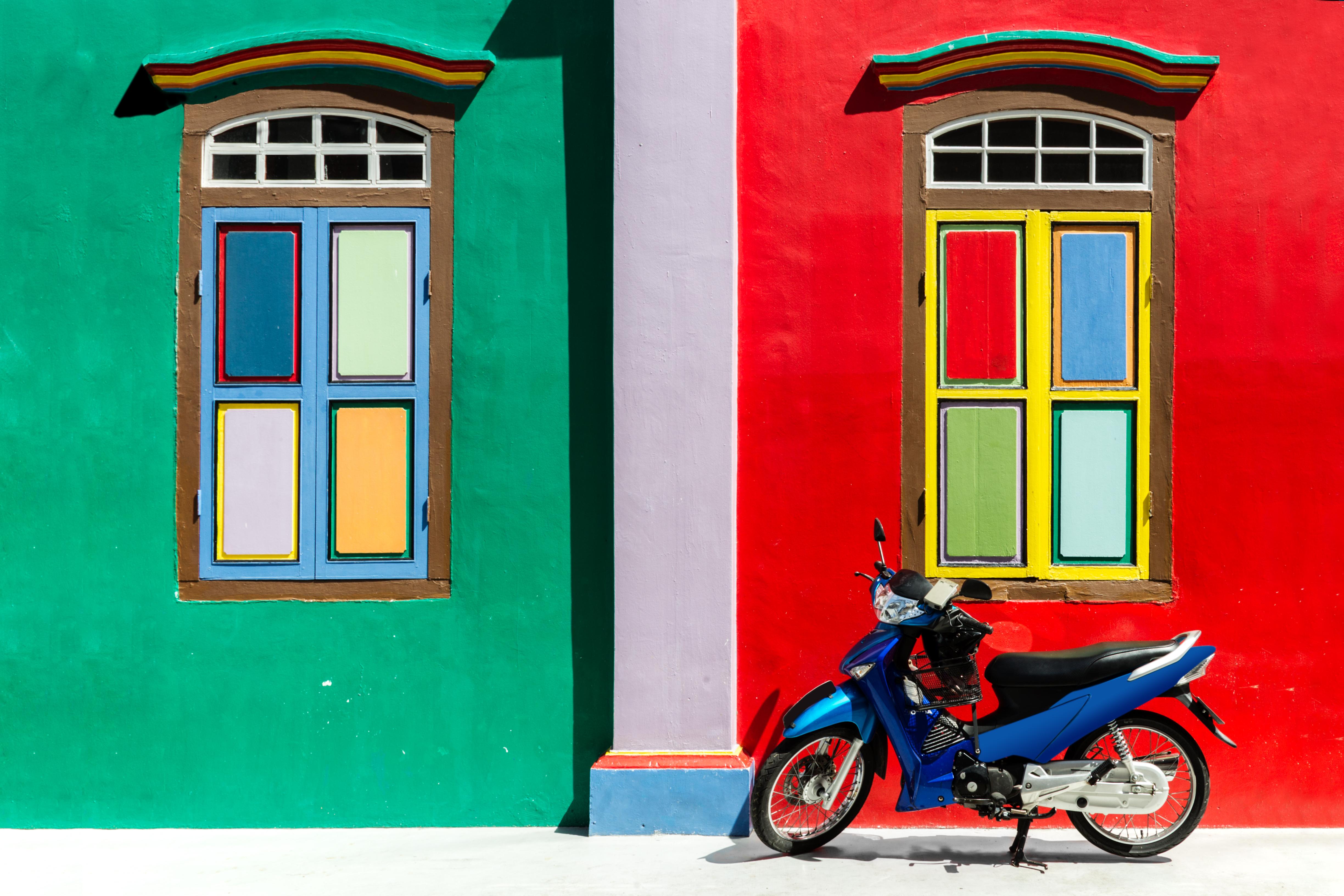
Amid all this upheaval, Singaporean culture remained mercurial, never settling down into a fixed national identity. Even today, Singapore feels blissfully free from restrictive traditions and historical baggage; free to shape itself, to question its values and re-evaluate its place in the world. It’s as though older countries like China and Japan are unstoppable ocean liners, charging ahead with the weight of history behind them, while Singapore is a nimble sailing boat, light as a feather, shifting with the wind.
It means that Singapore today is nothing like Singapore 20 years ago.
Many of its most recognizable landmarks (the supertrees, Marina Bay Sands, “The Durians”, Helix Bridge) are just a decade old or less. There’s always something exciting happening, whether it’s Formula One, the Singapore Airshow, Chinese New Year parades or outdoor classical music concerts. It has museums that push the boundaries between art and science, and a cuisine that’s among the most exciting, innovative, and (most importantly) delicious in the world.
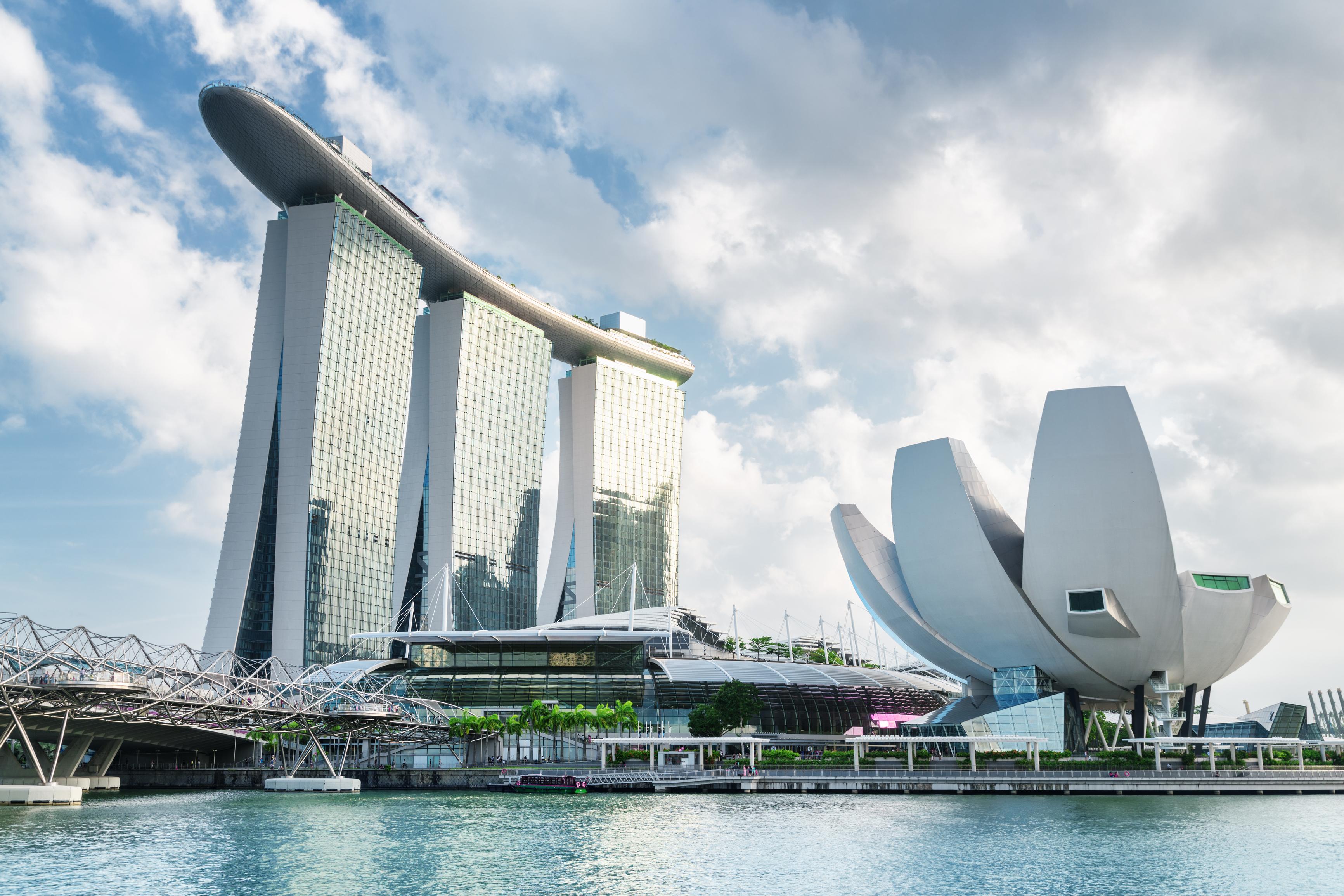
Even its language is new and fascinating: Singlish, an English-based creole peppered with Hokkien, Teochew, Cantonese, Malay and Tamil imports, is a fully-formed language with its own complex grammar, phonology and syntax. Encapsulating the country’s diversity and creativity, it has become something of an emblem of national identity. In a 2020 Ipsos survey, when asked what it means to be Singaporean, citizens cited living in a multiracial and multireligious society first, then local food, world-class services — and Singlish.
One of Singapore’s biggest successes has been the greening of the city.
Singapore leads the world in innovative, sustainable city planning, and it’s well on its way to achieving its 1960s goal of becoming the greenest city in the world. Already, nearly 50% of the island is covered in green space, adding futuristic, grass-roofed buildings and state-of-the-art orchidetums to its Victorian Botanic Gardens and Chinese-style landscaped parks. Soon, if all goes to plan, these spaces will be linked by green thoroughfares to create one great big, interlinked network of gardens and parkland.
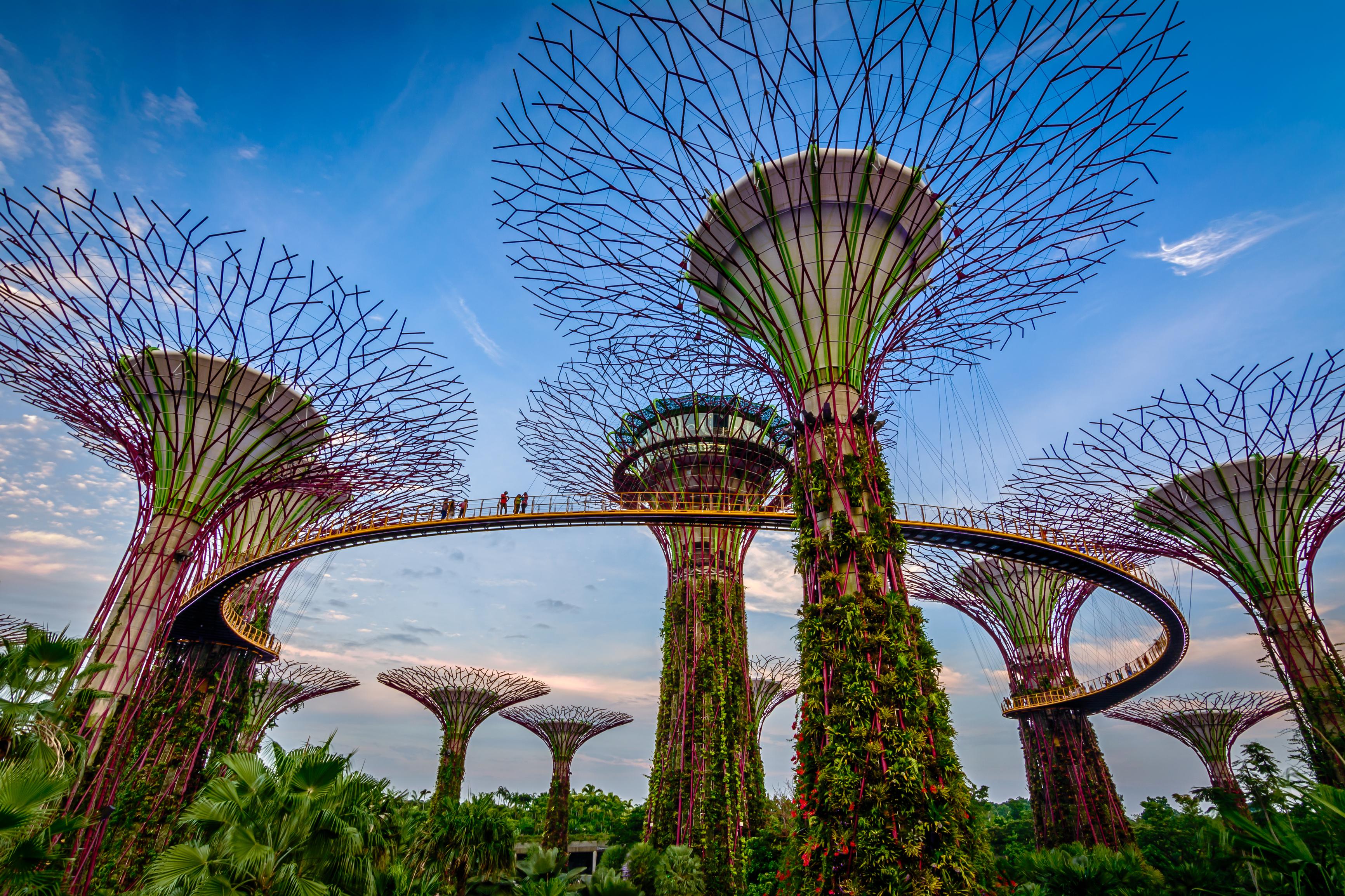
In ten years, Singapore could be completely different from the island we know today. In fifty years it could be anything — and it probably will be. It’s part of what makes it one of the most dynamic, experimental, and exciting destinations in Asia.
This is all very well, you might be thinking, but does any of it actually make for a great vacation?
Forgive the predictable answer, but for us it’s a resounding yes. There are few places in the world where it’s easier to have a good time than in Singapore. For a start, everything is in English, which just makes everything as easy as pie (or moon cake, if you like). It’s clean, calm and orderly. It’s tiny, which means that all the fun stuff is at your fingertips, from the theme parks of Sentosa Island to the World Heritage gardens of the city center. It’s a shiny little package of great food, great accommodation, great attractions and beautiful greenery. And yet for so many people, it’s dismissed out of hand. Why?
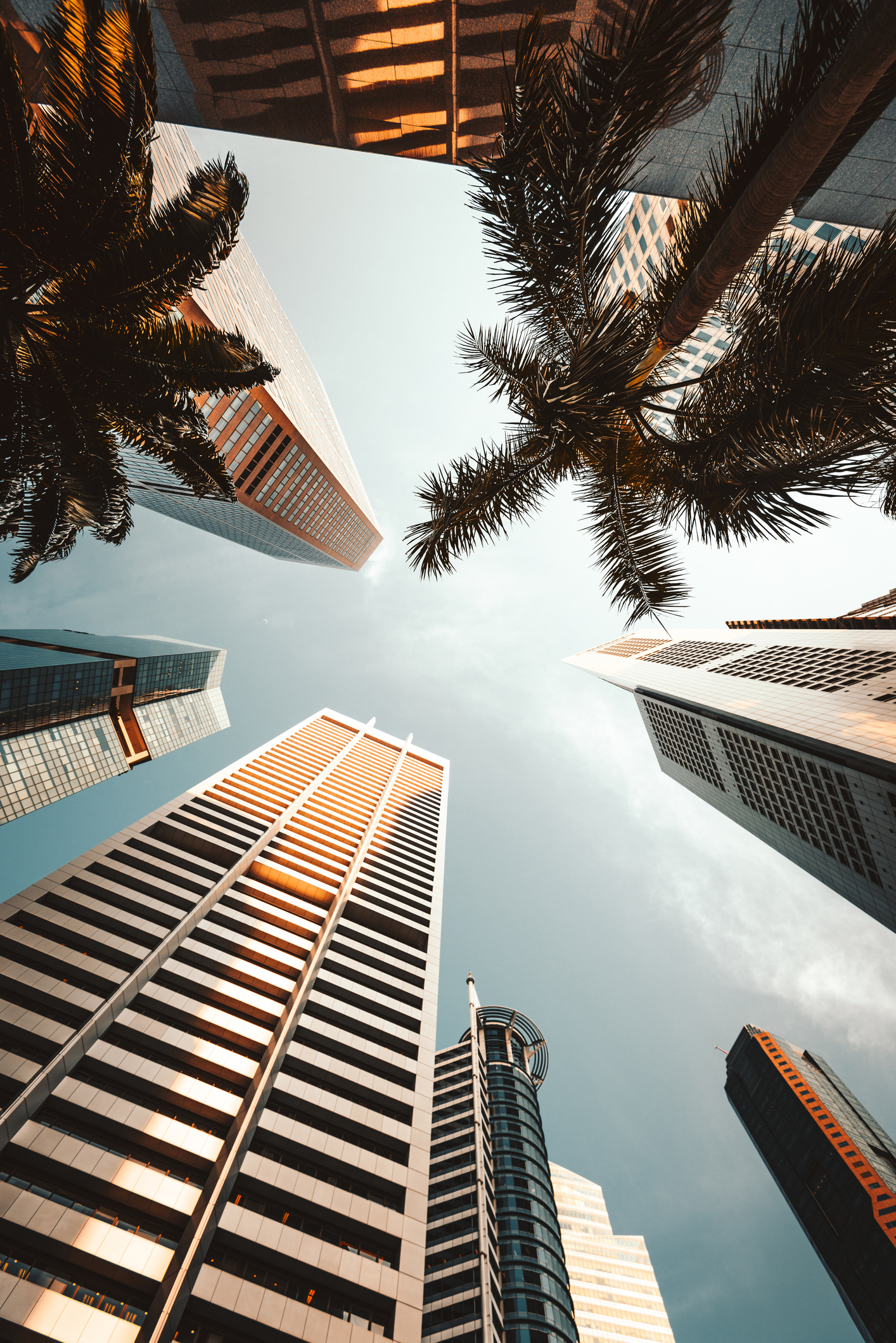
In a way, perhaps Singapore is just too nice for its own good. After all, this is the country that built an airport so awesome many visitors never leave (complete with an indoor oculus waterfall, robots serving refreshments, and slides to get from floor to floor). For many, the problem is that it’s too clean, too calm, too orderly. “Too sanitized” and “too Westernized”, it doesn’t cater for those who want Asia to be quaint, chaotic and (to be frank) a little bit backwards. These are the kinds of criticisms you might hear of Singapore, but we couldn’t disagree with them more.
Setting aside the fact that words like “sanitized” and “Westernized” are often just shorthand for “not impoverished”, Singapore has a truly rich and diverse heritage — and it’s not that hard to find. In fact, if you wanted to, you could probably find it using the original plan drafted by Stamford Raffles in the 19th century.
The Raffles plan divvied the city up into enclaves, giving the Civic District to the colonial administration, Kampong Glam to the Malays, Chinatown to the Chinese and Little India to the Indians. By and large, these neighborhoods are still the epicenters of their respective cultures today, and they’re brimming with local color.
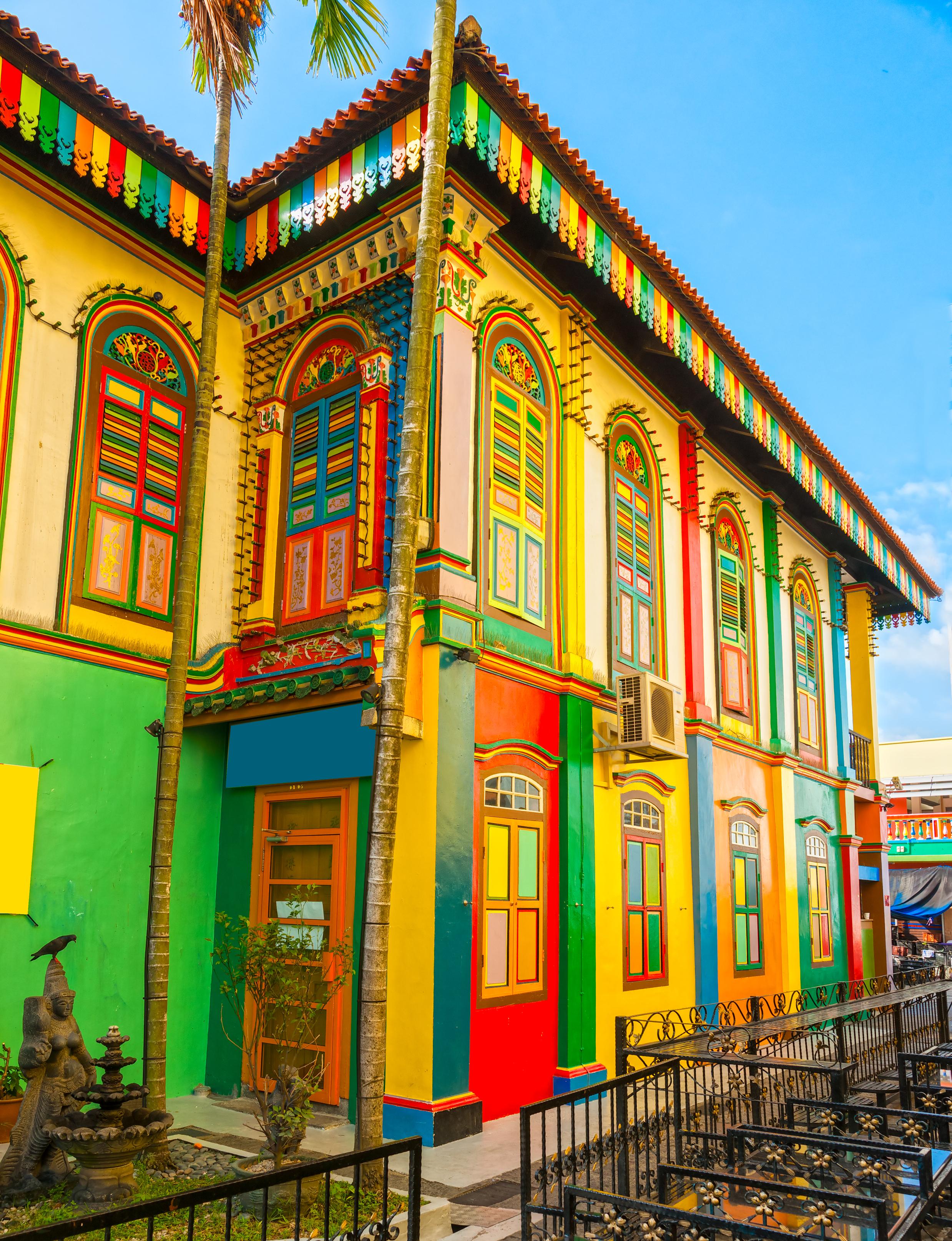
In Chinatown, you’ll find cobblers mending shoes in the square, chickens and junglefowl scrapping around in the parks, and whole streets selling paper effigies to be burned for “hungry ghosts”. In Little India, generations-old convenience stores sell everything from betel leaves and cigarettes to Indian cosmetics, clay lamps and flower garlands. In Kampong Glam, old men hang out at barbershops and scruffy kopitiam cafés (where it’s not unusual to be given a lump of butter in your coffee — apparently more as a symbol of prosperity than for taste).
Of course, these remnants of old Singapore won’t last forever, but what does?
Singapore is constantly on the move, and though there’s a certain nostalgia for the good old days, there’s also a palpable readiness to embrace change.
Perhaps it’s because in such a small and densely populated country there’s just no space to hold on to relics. If something’s past its prime, it’s gone — to be replaced by something newer and more exciting. Often, what comes next has been inspired by what’s gone before: a coffee shop daubed with murals of old Chinatown, or a boutique selling contemporary artworks inspired by local culture. Old-fashioned pastry shops and 170-year-old temples have been joined by trendy bookshops, hipster cafés and stalls selling fro-yos and durian pizza. Old shophouses are now a riot of bright colors and eye-popping street art, housing as many trendy jazz clubs and rooftop cocktail bars as they do Arabic fabric shops and Lebanese restaurants.
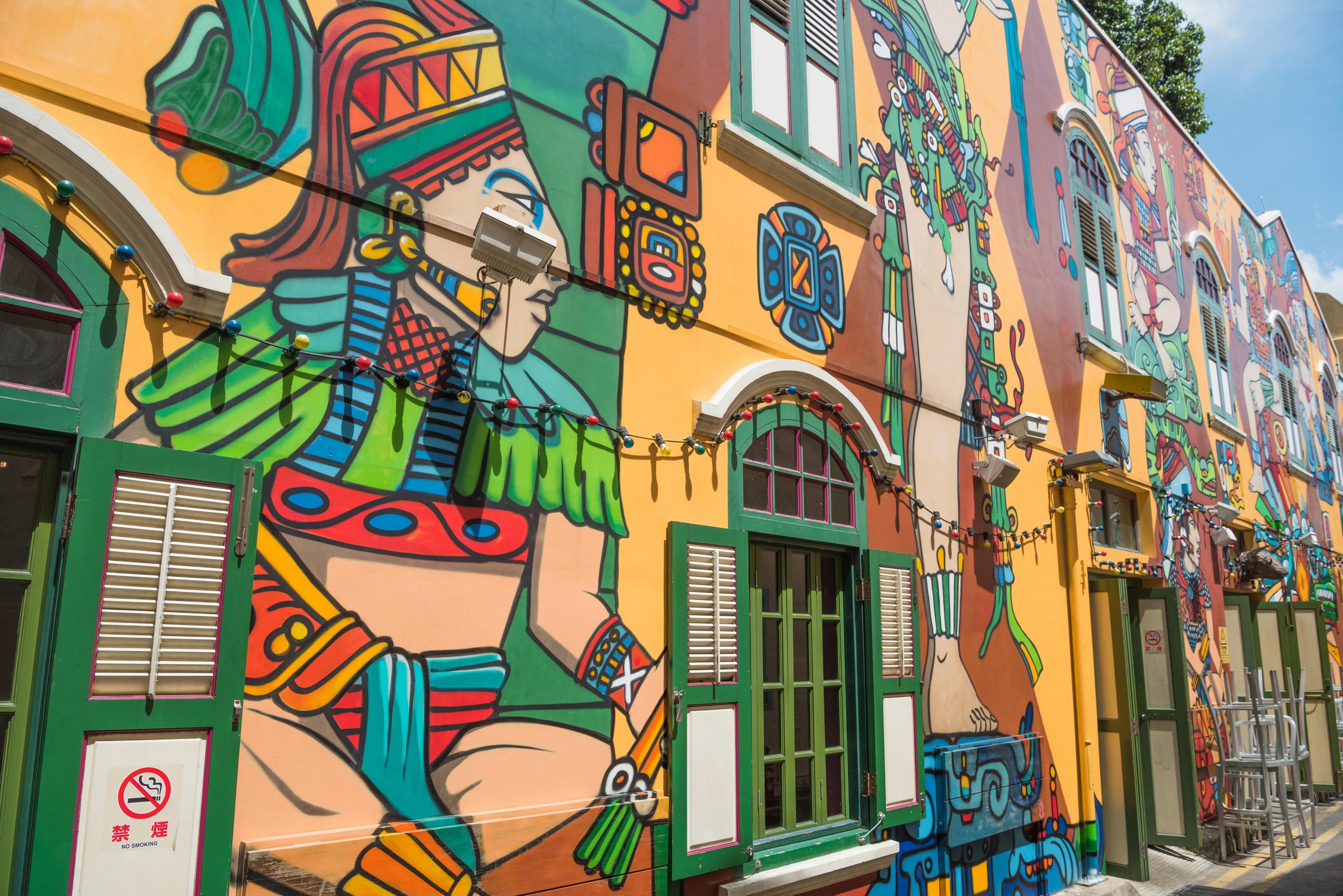
The DNA of the old is still there, but it’s been cross-pollinated and grafted onto so many times that it’s now something completely new — and nowhere is this mélange of old-meets-new more evident (or delicious) than in Singaporean food.
Remember how Singaporeans cited food as the second-most important part of their national identity? Well, there’s a reason for that.
Singaporean cuisine is an epic collision of traditional Chinese, Indian and Malay traditions with a truly globalized culinary scene.
This is a country where street-food stalls handed down through generations have been awarded Michelin stars, and where hawker culture has been inscribed on UNESCO’s list of intangible cultural heritage. Oh yes — Singapore is serious about food.
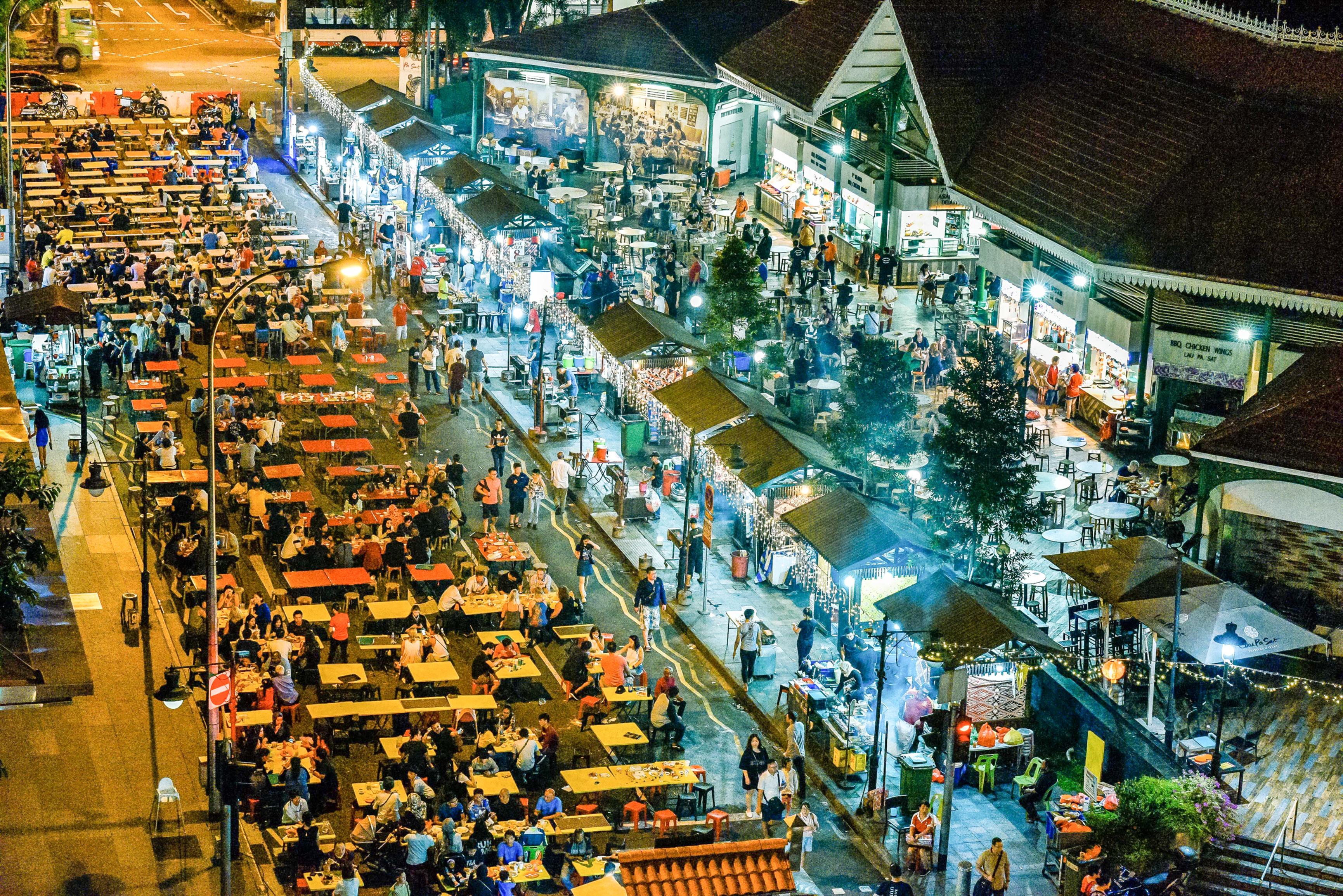
No matter where you go, delicious smells waft on the breeze, tempting you towards the nearest cart selling stir-fried noodles (char kway teow) or prawn-and-pork dumplings (wanton mee). Traditional treats are never hard to find (satay, kaya toast and giant chili crabs are perennial favorites) but branch out and the options are endless. There’s melt-in-the-mouth sushi worthy of any Japanese master, Nashville fried chicken, gooey chocolate cookies, Swedish-inspited bistros, ice cream parlors, acai bowls and loaded burgers... We’d be here forever if we tried to list it all. Food just doesn’t get any better than this.
Not every traveler will fall in love with Singapore, and we understand why. This is an island that gives up some of its treasures readily (its fabulous food and gardens, for a start) but guards others jealously. It’s a place that rewards an open mind and an open schedule.
